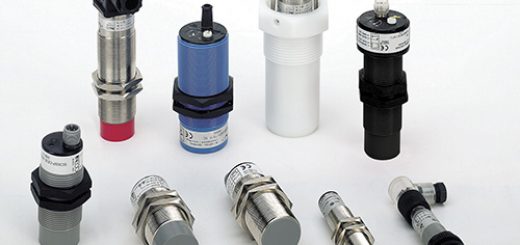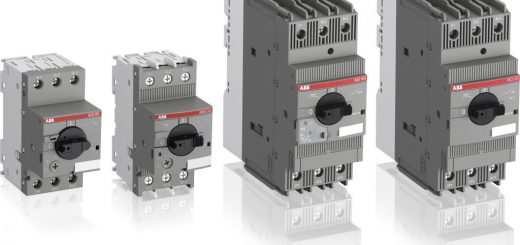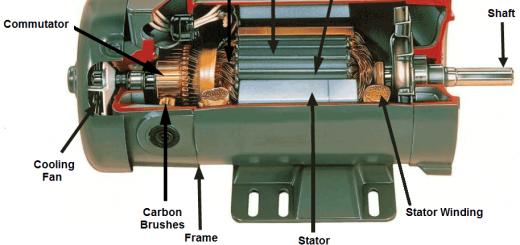How Digital Scales Work
Today, many people are relying on digital weighing scales to make their life easier. Almost every household in America has one of these. They are used in the kitchen to make sure ingredients of a certain recipe are very accurate, in the bathrooms for those who want to monitor their weights, as well as in measuring food portions for those who are serious about kicking out obesity. These handy gadgets are also useful to those in the jewelry and precious stones trade. Before you settle on light measurements as the only purpose of digital scales, it is important to mention that in large industries and weighbridges, these devices have profound uses.

Their growing popularity could be attributed to several reasons. From their portability to precision, these gadgets are simply mind blowing. Their puzzling functionalities will without a doubt leave one wondering, “How do digital scales work?”
A Brief History of Weighing Scales
There has always been the need to weigh items. In fact, this requirement is as old as mankind. In ancient days, those who were engaging in barter trade found different ways to relate items for exchange. However, there were always loopholes in valuing items, especially where pieces with irregular shapes were involved. People had to keep thinking and inventing different ways to account for such items fairly.

The light-bulb moment was about 2,000 B.C. This is when the first weighing machines that relate to scales in the market today were invented, at a place believed to be near the present Pakistan. The main challenge was to come up with a formula to account for the value of trade items that lacked regular shapes. Without regular shapes, it was unfair to value them piece by piece. This resulted in weighing balances involving two plates, an overhead beam, and weight-setting stones.
Fast-forward to the 20th century; digital weighing scales are simply high-tech. They are very sensitive, ultra-precise and super-speedy. Besides, they are also portable and versatile. This evolution comes in handy to solve some of the challenges people have experienced with weighing scales as well as to incorporate modern technology in weight measurement.
Definition of Weight and Mass
When talking about weighing, two common terms come into mind. Many people actually confuse one for the other. It is common for people to give measurements in Kilograms, grams, ounces and pounds when referring to weight yet these are units of measurements of mass. To avoid being caught up when making crucial decisions based on these measurements, it is vital to understand their meanings and difference.
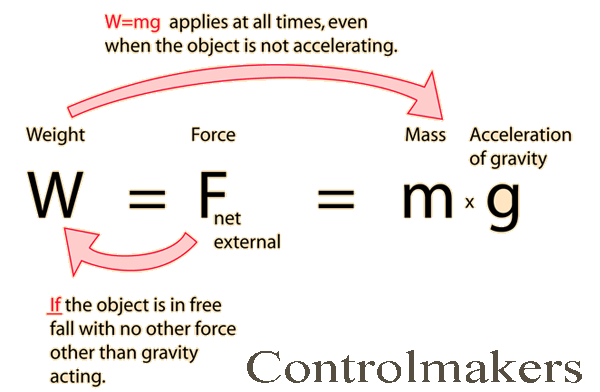
Weight: can be simply defined as the intensity of the force of gravity acting on an object of a specific mass. The weight of an object will change slightly from one place to another irrespective of its mass. Scientifically, objects will weigh more here on earth than in mars. This is because a higher attraction force exists on earth compared to mass.
Mass: this is the amount of matter a material is composed of. If something is huge, it is termed as being massive, and vice versa. It is also important to note that the mass of an object does not change with position or placement on earth.
Features of a Digital Scale
To explain how a digital scale works, it would be necessary to first discuss its main components. These include the structure, a load cell, and signal conditioner.
Structure: this is the physical outlook of the weighing machine and is majorly the surface that bears the load. As you could imagine, the physical structure houses the electronic circuit behind the function of the scale as well as the load cell. The structure of a digital scale comes in different designs depending on the brand. Also, it may be necessary to have the structure sit on the load cells especially where high loads are involved. An example is the digital scales used on weighbridge and industries.
Weight indicator: many digital scales come with an LCD screen where the measurements of the weight obtained are displayed.

The Load Cell: this is a transducer whose significant function in the scale is to convert the force exerted by the object of measurement into an electrical signal. Some digital weigh scales have more than one load cells. Small or low capacity scales have only one load cell. Floor or dormant digital weighing machines comprise of four cells. Those with high rating capacity such as truck scales may have between 4 to 8 load cells.
Notably, the load cells determine the recommended capacity of the weigh scale. Even if the mechanical structure is strong enough to withstand higher loads, one is required to consider the rated capacity if they are to get precise results.
Signal Conditioner: this is the electronic component of the digital scale. Various functions of this component include powering the load cell, receiving electrical signal by the load cell and converting it into intelligible numbers, electronically referred to as the digital output. Today’s scales are programmed to display the digital output in different units of measurements to fit the needs of users.
The Physics behind a Digital Scale
In a nutshell, digital scales work by the principle of Wheatstone bridge. Inside the load cell is a set of strain gauges arranged like the resistors in a Wheatstone bridge. When a load is placed on these strain gauges, they compress. The level of compression corresponds to the amount of force exerted on the strain gauge. Compression also changes the resistance of the gauge just like in a Wheatstone bridge. In this case, there will be a voltage output corresponding to the change from the stressed gauges.

The output from the strain gauges is first converted from analog to digital format before it is fed into a microprocessor for further processing. The Microprocessor Control Unit is simply a microchip within the digital scale electrical circuit. This unit analyzes the data and converts it into numbers as viewed in the weigh scale display. One is required to alter the settings of their device to get results in the desired unit of measurement.
It is crucial to calibrate your equipment properly before use. Understanding the different components used in your equipment enhances your chances of attaining accurate calibration. Otherwise, there is a great risk of getting wrong measurements if you miss any detail during calibration.
How to Achieve High Precision with Digital Scales
1. Always ensure the equipment is properly calibrated. Check to see if there is a zero error and try to reset the device to clear the error. Another option is to account for the error when recording the final figure.
2. Digital scales are very sensitive. External parameters such as the wind, dust, and others can interfere with the reading. Depending on what you are measuring, it may be necessary to take measures to prevent environmental interference with your results. For instance, digital scales used in medical labs come with a protective shield to wade off any influence on measurement by environmental factors.
3. Test the scale before use or in cases where you suspect any malfunction. You can use something with a known weight such as a free weight of 1 pound, or so. The idea is to place something you already know its readings.
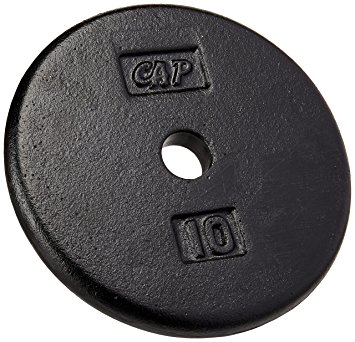
4. Always make sure your digital scale is on a level ground or surface. Digital scales give wrong readings if they are off-balance. Make sure all its feet are there and even. Also, clean its bottom regularly to make sure there is no debris collecting under the device which could interfere with how it settles on the surface.
5. Beware of corner load errors. Different positions in a weigh scale may resort to different readings. This makes it necessary to place your object in the center to increase chances of getting accurate readings. Some machines, however, have an auto-centering pan to counter this type of error.
Difference between digital scales and analog
The main difference between an analog and a digital scale is in processing and display. Analogue scales indicate the resulting measurement of weight using springs. There is not much of signal conditioning with analog scales. On the contrary, digital scales have inbuilt processors and signal conditioners. These circuits transform the force exerted by an object or a particular mass into an electrical signal. The outcome is the weight measurement recorded on an LCD display in digital format.
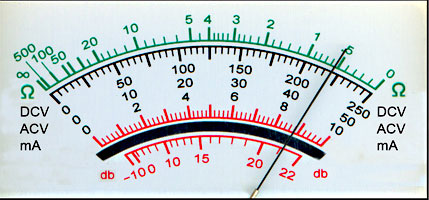
Pros and Cons of Digital scales
1. You can automate. Many scales have signal conditioners with extensions such as RS232 or 4-20MA that one can use to connect it to another electronic device. For industries, it is possible to use these functions to automate different aspects such as management of materials, billing, and process controls.
2. Versatile: with a digital scale, you can weigh almost anything. From small, tiny loads to heavy industrial objects, you can find a digital scale that will give accurate measurements. Besides you can adjust the display to get results in your desired units of measurements. This could be in grams, ounces, pounds, grains, karats, and in some cases percentages.
3. Portable (also require small storage space): many of these scales are petite enough to fit in the pockets. This means you not only carry your weight scale around but also can place it anywhere in your room and never worry about space. In fact, some scales use batteries. This makes it very handy if you want to use your device on the move.
4. They are a perfect solution in situations where it is impractical to use mechanical scales. For instance, when weighing pet animals since you can hardly make animals keep still for long.
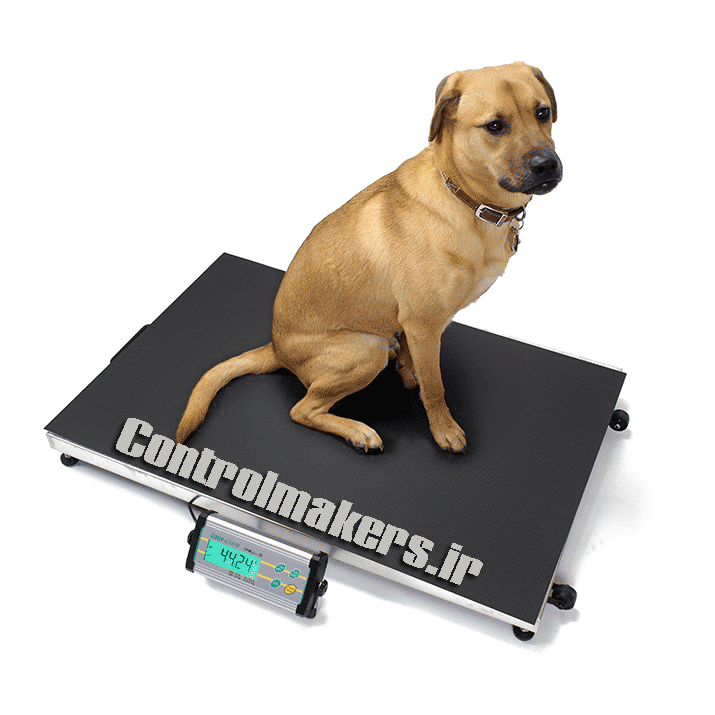
5. Digital scales come with many features to cater for needs of almost every user. Some can connect via WiFi, have a voice feature to help the visually impaired, large display, print, and memory features. This is a plus, at least, for many people. However, the next point could be the hindrance.
6. They are expensive. Compared to analog scales, these devices are expensive. Besides, all those features come at an added cost. The more features in a design, the higher the price in the market. You can cut down the cost a bit by buying devices with basic features only. This of course will depend on how you want to use it.
Read More :
Improve weighing system’s accuracy


